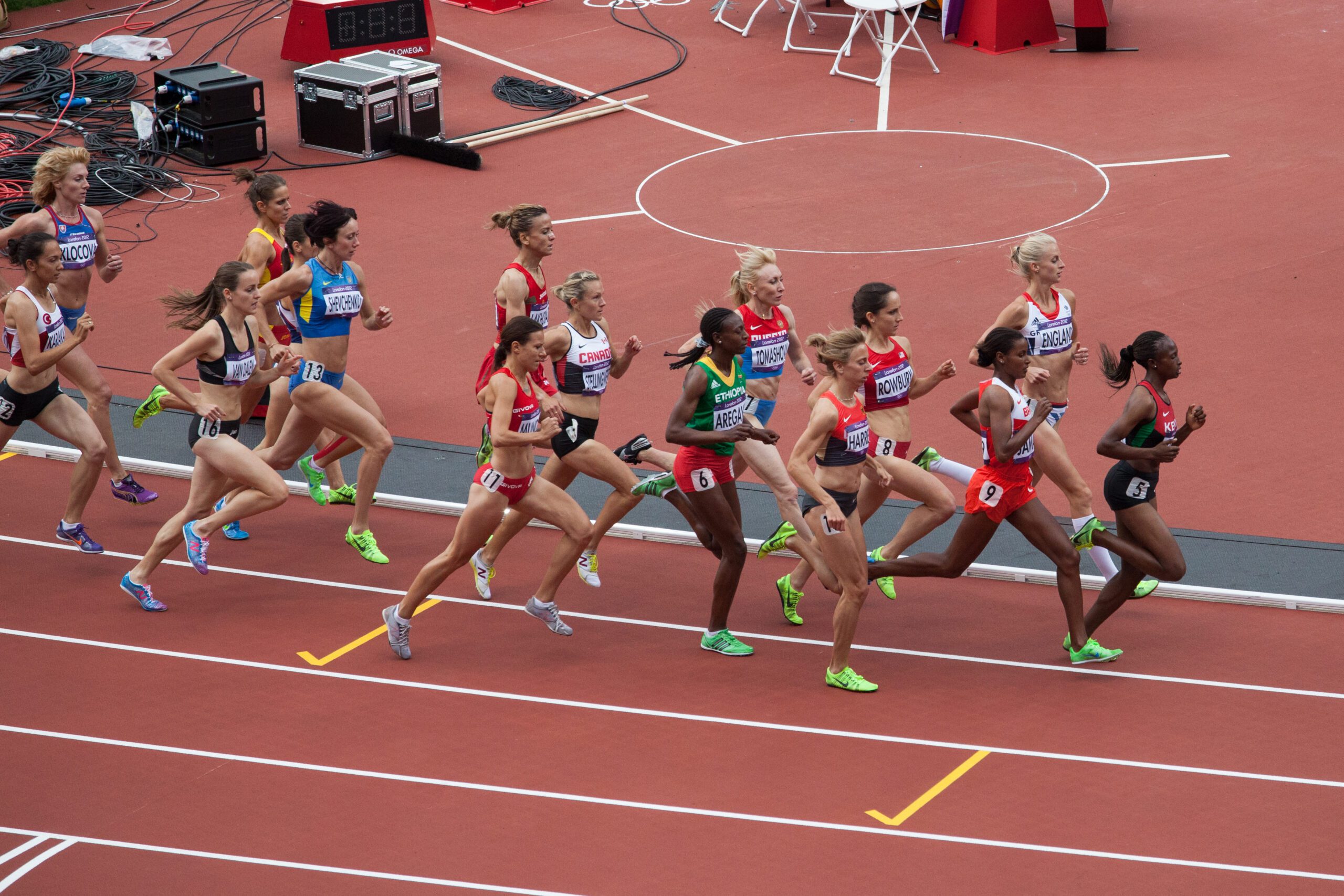The Rise of Sports Analytics

A staple of the sports industry for years, it would be difficult to find a sporting team, business, or organisation that doesn’t analyse trends in data to make all sorts of decisions.
One example is through player acquisition. Popularised in the late 1990s baseball by Billy Beane at the Oakland Athletics (later portrayed by Brad Pitt in the 2011 film Moneyball), sports teams today look at the numbers behind a player’s performance, rather than relying solely on the classic ‘eye-test’ of their scouts and coaches.
The method of evaluating a player using detailed underlying statistics has led to undervalued players being given a chance when they otherwise may not have been, and it can also be used to highlight areas of improvement in a player or team’s performance.
This has given rise to a plethora of companies that specialise in data collection and analysis. One example is Analytics FC, which provides clients with customised data models. An example of their work was when Kevin De Bruyne commissioned the company to create a study of every aspect of his contribution to Manchester City before negotiating a new contract with the club.
Though its use is becoming more and more popular, CEO and Founder of Analytics FC, Jeremy Steele, believes there remains a stigma around the use of data but argues that, “There are a lot of cases where the data is probably a more important factor to be looking at.”
This isn’t to say that the ‘eye-test’ and data analysis are mutually exclusive, but Steele recommends that, “if you have the philosophy to use data, you should go fully in, use it properly, have the right members of staff on board, and have the right data sets that you want to use, rather than just dabbling.”
The roles these staff members mentioned by Steele hold are part of a fast-growing network of opportunities, as an increasing number of organisations place more importance on sports analytics.
With the industry expected to grow 21.5% by 2030, many roles have been created that didn’t exist years ago. These range from data journalism to data analysts, where the job outlook for operations research analysts (a category under which sports data analysts fall) is set to grow by 23% by 2033, a rate much faster than the average occupation.
Some of these roles are at dedicated data companies, part of an industry that, according to Grand View Research, had an estimated worth of $3.52 billion in 2023.
Others include AusiSTAR, which aims to use sports technology and analytics to enhance aspects of sport, from performance to education, with a focus towards the Brisbane Olympics of 2032.
While its use in player acquisition and performance usually takes the spotlight, statistical analysis is also vital when it comes to sports business. For instance, a sponsor looking to negotiate a deal with a sports team wouldn’t get far without understanding the ins and outs of the supporters’ consumer behaviour.
These types of deals have contributed to the growth of NBA franchises in recent years, which would not have signed lucrative deals with YouTube had it not been for statistical analysis showing a demand for more content. Other examples include the use of data to personalise marketing campaigns, ways that teams look to function optimally as businesses.
But it’s not just teams that see the benefit of investing in analytics in one way or another. Sports leagues themselves are also investing in sports analytics. For example, 2023 saw the MLS partner with company Sportec Solutions to provide live data feeds for MLS games streamed on Apple TV.
Overall, it goes without saying that analytics continues to evolve and grow as one of the most exciting parts of the sporting world, and with the rapid development of technology in sport, the only way is up.
The outlook for this sector is huge, and the best place to start a career in sports analytics is through one of GIS’s dedicated programmes: Graduate Certificate in Sports Analytics, Master of Sports Analytics, and Master of International Sports Business and Sports Analytics (Combined) at GIS Sydney.
Article by Zak Anani
You may also be interested in

Latest news
July 22, 2025 |
What Will Hosting the Brisbane 2032 Olympics Mean for the Australian Sports Industry?
Read Post

Latest news
December 9, 2024 |
Football analysis – just how important are the numbers?
Read Post

Latest news
August 11, 2025 |
Take Yourself Out of Your Comfort Zone: Joleon Lescott on his Post-Retirement Studies with GIS
Read Post
Our Partners













